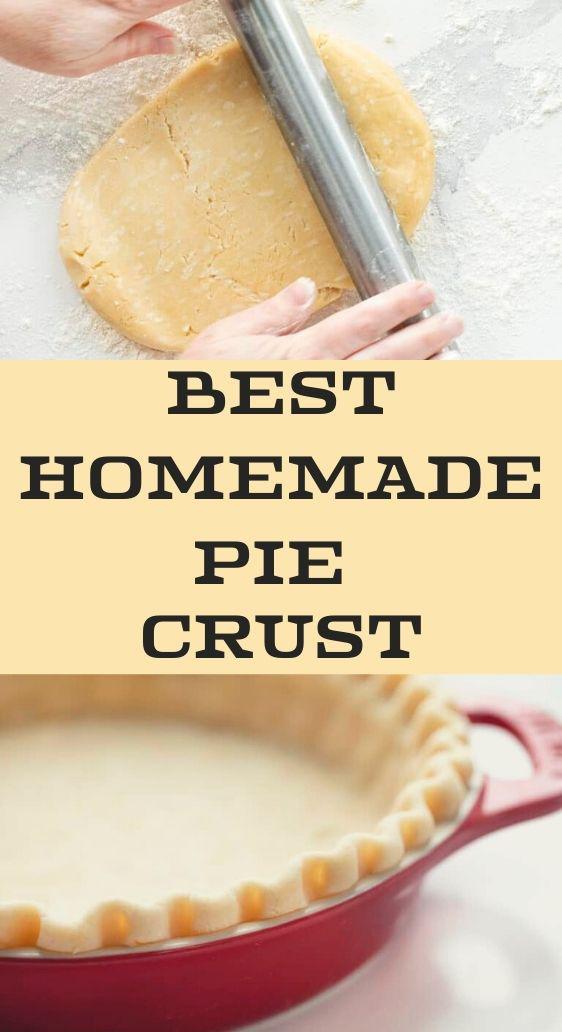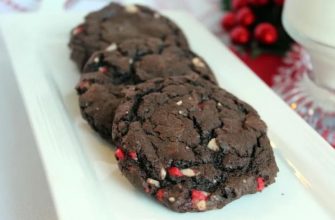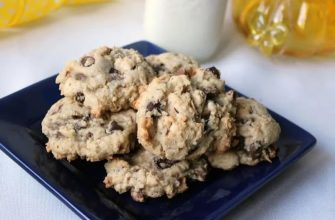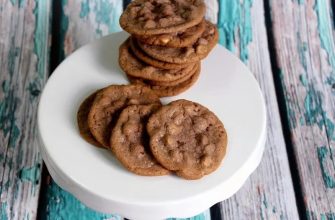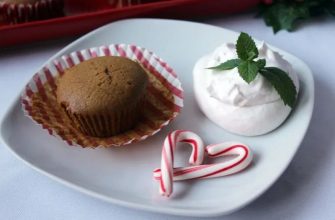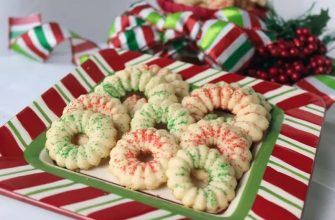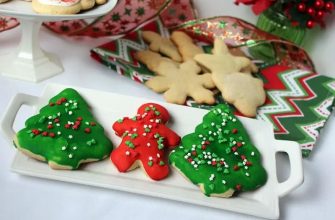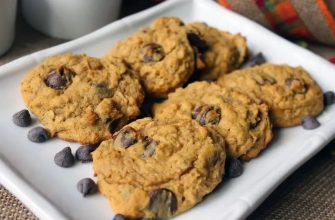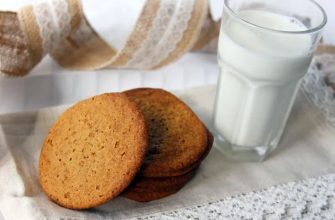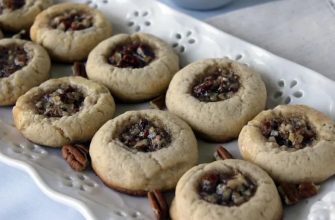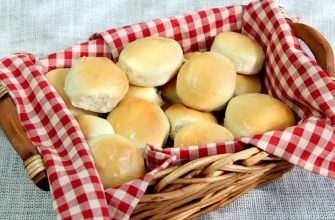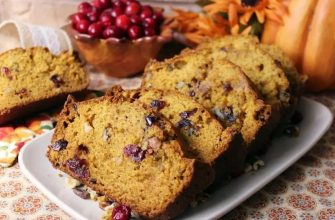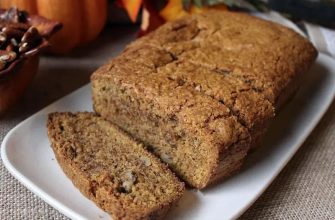Addicting and easy to handle, this Homemade Pie Crust will be your go-to pie crust recipe. Despite how you use it – hot pies, cold pies, or hand pies – you’ll get a delicate flaky holding vessel every time!
This homemade pie crust is a no-fail pie crust that is my go-to crust for everything that needs, well, a crust. It is light and flaky and perfect for anything from apple pies to pot pies. The recipe is super simple, and I know you can do it!
Now, I know that everyone has their favorite homemade pie recipe. And yes, mine happens to be with shortening. I have enjoyed all-butter pie crusts but have found that nothing is as flaky as the shortening based crusts. It took me years to embrace shortening, as I was taught very early on in my career that all-butter was the way to go. I am so glad I tried the shortening version years ago and it is now my GO-TO recipe. Perfect for hot and cold pies alike!
Homemade Pie Crust Recipe
With just a few ingredients, you can make this pie crust for hot or cold pies.
Ingredients (full recipe below)
- All-purpose flour
- Granulated sugar
- Salt
- Shortening
- Egg
- Vinegar
- Water
What is Shortening?
I get many questions asking about shortening, as well as questions about any substitutions for shortening. First off, shortening (hydrogenated vegetable oil) is any fat or oil that is solid at room temperature. If you have heard of or seen a big can of Crisco, that is shortening. It can be stored at room temperature and has a long shelf life.
Shortening is 100% fat, which helps pie crusts (like this one) and pastries turn out so flaky and crumbly. And because shortening is all fat, it is hard to make substitutions. If you do have to substitute for shortening, your best bet is lard because it is also 100% fat. If using lard in place of shortening, use 2 tablespoons less of lard for every one cup of shortening.
So, can you use butter or margarine in place of shortening or lard? It’s not your best bet in a recipe like this pie crust. Butter is 80% fat, which is close but made of water, which may keep the crust from being light and flaky. Margarine has been used to replace shortening because it is also made with vegetable oil, but it can be as low as 35% fat.
Again, making any substitutions in recipes can have an effect on the final product.
How to Make this Homemade Pie Crust
- Mix together the flour, sugar, and salt until combined.
- Add the shortening and combine until crumbs about the size of a pea form.
- Bring the dough together with a wooden spoon.
- In a separate small bowl, whisk together your egg, vinegar, and water.
- Pour this over the dough and mix it together until it is fully incorporated. (Don’t worry if the dough is sticky at this point.)
- Wrap the dough in plastic wrap and set it in your refrigerator to chill for a minimum of one hour.
Hot Pies
For a hot pie, divide the chilled dough in half and set it on a flour work surface. Roll out half of the dough to about 1/4 inch thickness and then transfer it to a 9-inch pie pan.
If the hot pie is covered, roll the second half of the dough to about a 1/4-inch thickness. Bake the pie as instructed in the recipe. Store any remaining dough by wrapping tightly in plastic and refrigerating.
Cold Pies
To use this homemade pie crust for a cold pie, divide the chilled dough in half and set it on a flour work surface. Roll out half of the dough to about 1/4 inch thickness and then transfer it to a 9-inch pie pan. Continue with the instructions of the cold pie recipe you are using.
Docking a Crust vs. Pie Weights
Before baking the crust, be sure to dock it. To dock the crust simply means to poke holes in the crust with a fork. This will help the crust to cook more evenly and prevent any pockets or bubbles from forming in the crust. If you dock the crust, you do not need to weigh the crust down.
If you choose to use pie weights (as opposed to docking), loosely fit aluminum foil over the pie dish and weigh it down with pie weights, raw rice, or uncooked beans before baking according to the recipe. The only time I prefer using pie weights is when the filling is runny, as when baking a quiche.
INGREDIENTS
- 4 cups (500g) all-purpose flour
- 1 tablespoon granulated sugar
- 1½ teaspoons kosher salt
- 1½ cups (307.5g) shortening, cubed*
- 1 large egg, beaten
- 1 tablespoon vinegar
- ½ cup (118g) water
INSTRUCTIONS
In the bowl of a food processor, pulse together the flour, sugar, and salt until combined. Add the shortening and pulse until pea-sized crumbs form. Transfer the dough to a large bowl and bring the dough together with a wooden spoon.
In a small bowl, whisk together the egg, vinegar, and water. Pour over the dough and mix until combined (dough will be sticky). Wrap the dough with plastic wrap and chill it in the refrigerator for at least 1 hour before rolling.
HOT PIE
For a hot pie (e.g. with a filling that needs to be baked), divide the chilled dough in half on a generously floured work surface.
Roll half of the dough to ¼-inch thick and transfer to a 9-inch pie dish. Repeat with the second half of the dough if the pie is covered.
Bake as instructed in the recipe. Wrap any remaining dough in plastic wrap and store in the refrigerator.
COLD PIE
For a cold pie (e.g. with a filling that doesn’t need to be baked), divide the chilled dough in half on a generously floured work surface. Roll half of the dough to ¼-inch thick and transfer to a 9-inch pie dish.
Continue by following the instructions of your cold pie recipe. Wrap any remaining dough in plastic wrap and store in the refrigerator.







